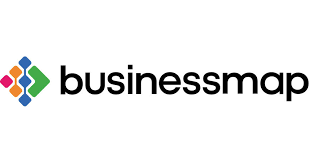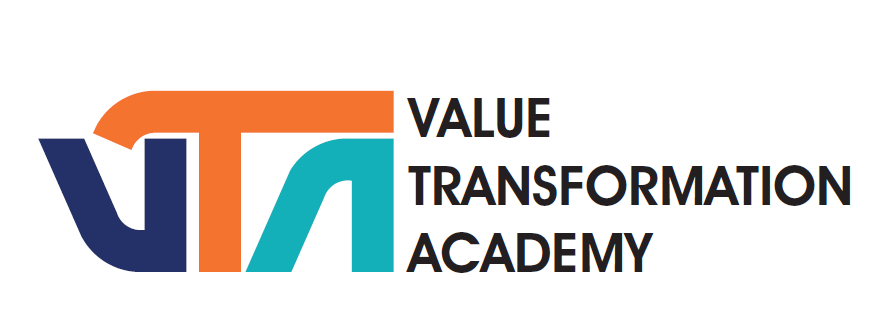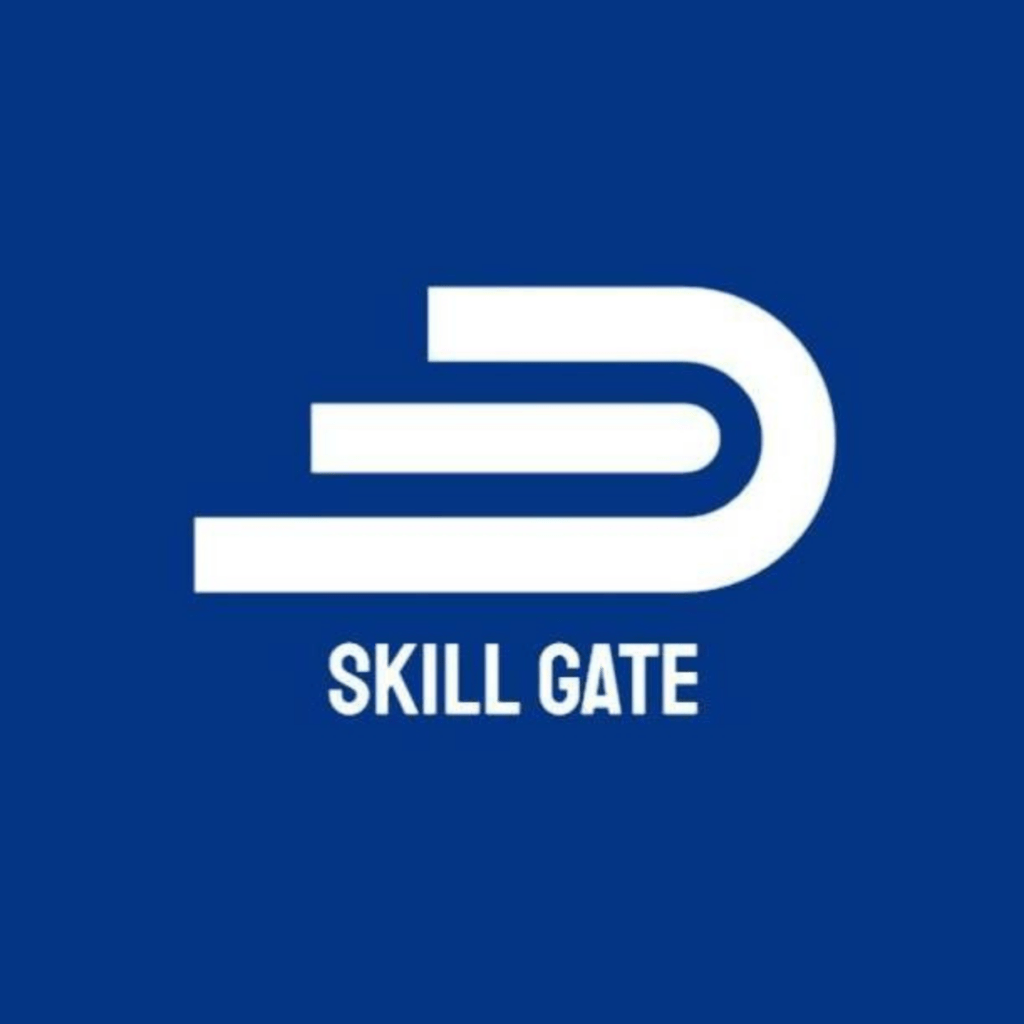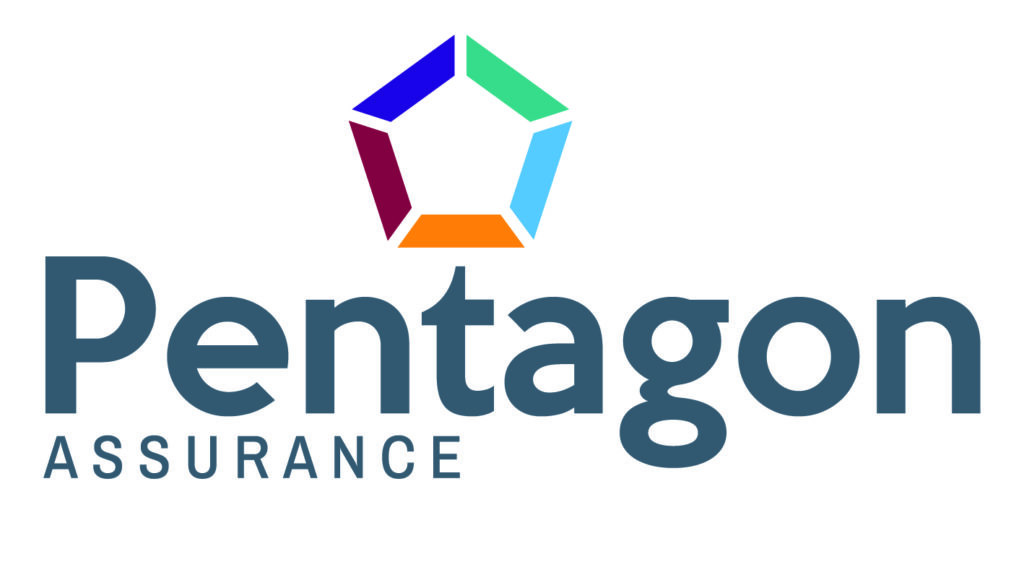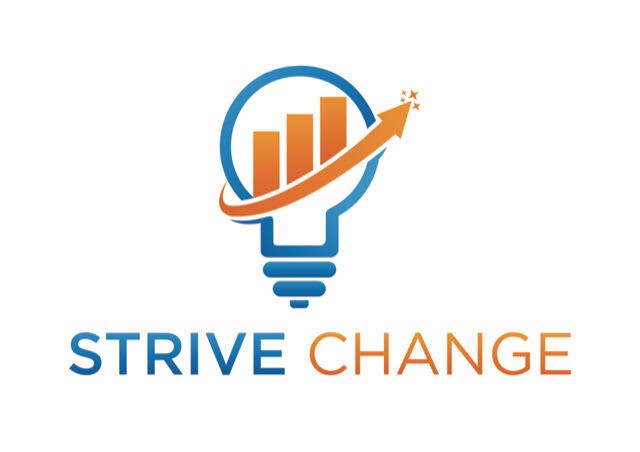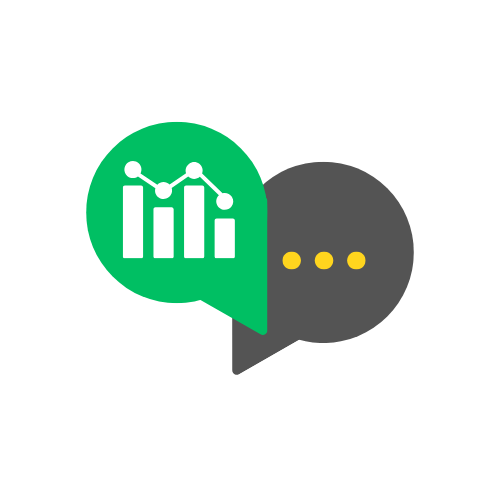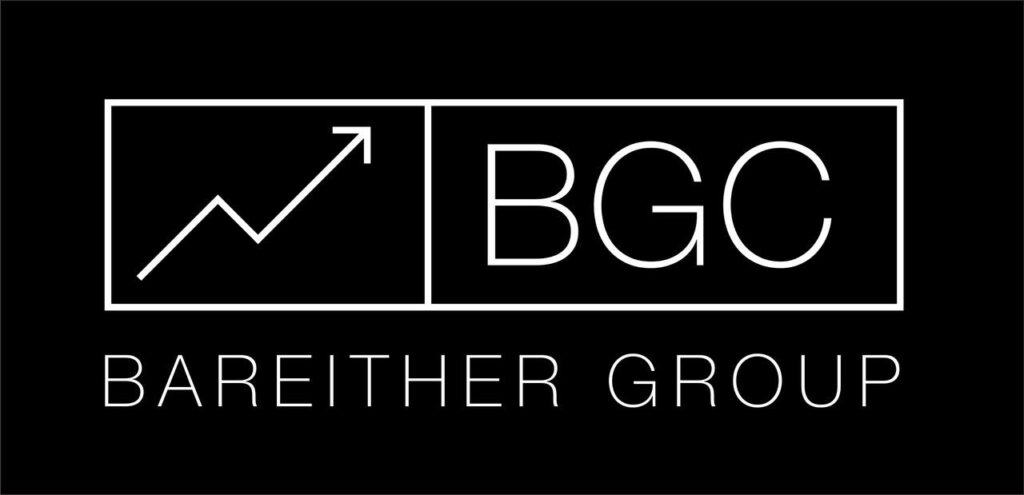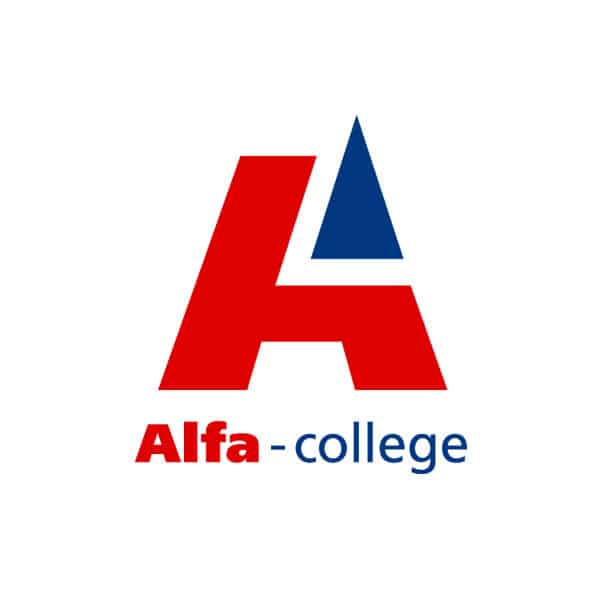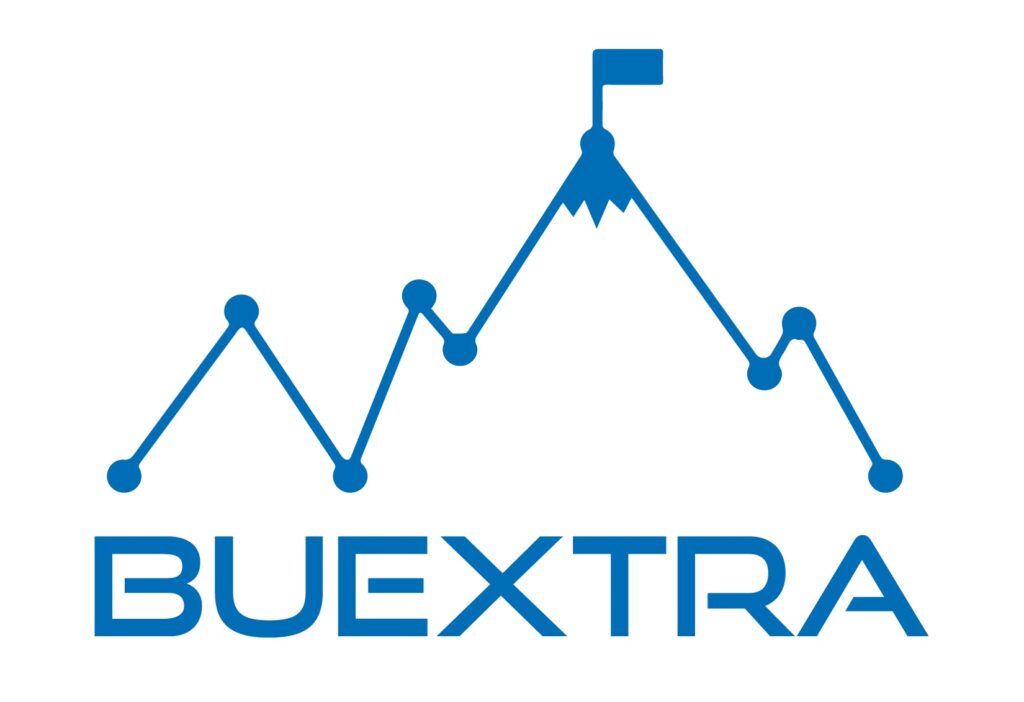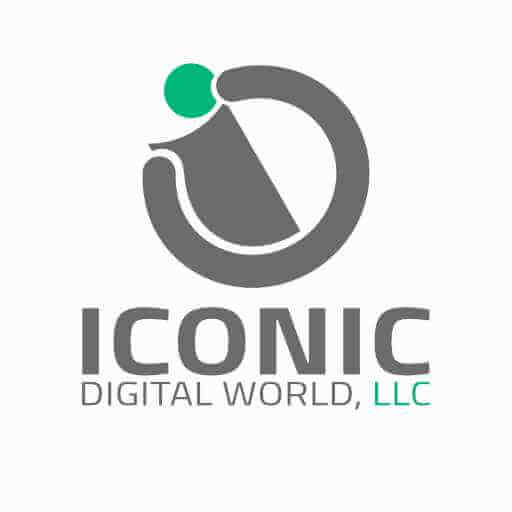What are NFTs and how does ILSSI use them for Proof of Authenticity?
Discover NFTs
NFTs, or Non-fungible tokens, are digital assets representing various forms of digital content including art, videos, and even tweets. Remember those days when we traded baseball cards? NFTs are somewhat like the digital version of that. They’ve gained massive attention recently with some selling for millions of dollars, akin to how prized artifacts are auctioned off at Sotheby’s.
Non-fungible Token (NFT)
NFTs aren’t a new phenomenon; they’ve been around since 2014. Their surge in popularity stems from an increasing trend of buying and selling digital artwork.
In 2021, the NFT market had a value of $41 billion, drawing parallels to the entire global art market. Unlike standard digital assets, which can be replicated infinite times, NFTs are typically unique or have limited copies. So, why are people going crazy over them? It’s the unique digital code they contain, marking them distinct and verifying their originality.
What is an NFT?

Think of an NFT as a special digital certificate. This certificate says, “You, and only you, own the true, original version of this digital item!” It’s like having a unique stamp of authenticity. Let’s draw a comparison: imagine walking into a room and seeing two images of the Mona Lisa. One is a printed poster, while the other is the actual painting. Both look beautiful, but there’s a big difference in their value and authenticity.
While there might be thousands of copies of digital artwork floating around the internet, the person holding its NFT has the bragging rights of owning the original. This distinction is crucial because it transforms a common digital file into a unique piece of art or collectible. This sense of uniqueness is maintained and secured by a powerful technology called blockchain, ensuring that the ownership of the NFT cannot be easily tampered with.
The rising popularity of NFTs has transformed the way we think about digital ownership. Now, digital artists and creators have a way to sell their work and ensure that their creations are recognized as unique and valuable. And for collectors, NFTs offer a chance to own a singular piece of the vast digital landscape, turning ordinary digital files into prized possessions.
What is an NFT in business?
NFTs are changing the dynamics of trade. Want to start your own collection? You’d need a digital wallet compatible with cryptocurrencies and a thorough understanding of marketplaces like OpenSea.io, Rarible, or Foundation. NFTs hold potential as an investment if done with research and caution.

NFTs, or Non-fungible tokens, are unique digital assets signifying various forms of digital content. They’ve recently soared in popularity, attracting vast sums of money similar to rare physical collectibles.
The iLSSi has incorporated NFT technology into its certification process. Every certification from iLSSi carries an Immutable Proof of Authenticity using blockchain and NFT technology. Alongside traditional methods such as centralized verification webpages and PDFs, the NFT system ensures the genuineness of every issued certificate.
Every NFT certificate genuinely issued by International Lean Six Sigma Institute (iLSSi) will show the same ‘digital signature’ of the creator ( origin ) as: 0x51330d695cE239eCfc6eDEFaB8A79092A6bb854F.
Only the first 6 characters after the ‘0x’ are shown as a summary on your NFT details page : 51330d (the full creator address can also be seen with a few clicks). It is impossible to create a fake certificate with this digital signature unless it was from International Lean Six Sigma Institute (iLSSi).
Currently, 2,424 past accredited certifications have been minted as NFTs by iLSSi. If one can’t find their NFT certificate on iLSSi NFT, they’re encouraged to reach out for validation and subsequent minting.
How does an NFT make money?
With NFTs storming the digital space, various sectors are finding ways to monetize through them. Artists can now bypass traditional avenues and directly sell to consumers. Not limited to just art, brands like Taco Bell have ventured into the NFT space, blending philanthropy and marketing. Even age-old memes are being repackaged as NFTs and sold for huge sums. The flexibility of the medium is its strength; whether it’s Snoop Dogg or digital artist Beeple, everyone’s catching onto the NFT train.
Making Money with NFTs
Have you ever seen those digital pictures or old internet jokes being sold for a lot of money online? Those are called NFTs, and many people are finding ways to make money with them. Let’s break down how you can earn from your NFT files:
- Selling Your NFTs: Just like selling a toy or a painting, you can list your NFT on special online markets made for them. Websites like OpenSea or Rarible let you put up your NFT for sale. If someone likes it, they might buy it!
- Holding and Reselling: Sometimes, things become more valuable with time. You can buy an NFT or keep one you already have, wait for a while, and then sell it later when it’s worth more. It’s like collecting rare stamps or coins and selling them later.
- Royalties: One cool thing about NFTs is that every time they’re sold to someone else, the original creator can get a small portion of the sale. This means if you made an NFT and someone buys it, and then they sell it to someone else, you can still get some money from that second sale!
- Making NFTs for Brands or Celebrities: If you’re good at digital art or creating online content, some big companies or famous people might pay you to make NFTs for them. They use these NFTs for promotions or to sell to their fans.
- Renting or Leasing: Some NFTs can be used in virtual worlds or online games. If you have such an NFT, you might be able to let others use it for a while, in exchange for some money.
- Creating a Series: Just like there are comic book series or card collections, you can make a series of NFTs. When people buy one, they might want to buy the others to complete their set!
To make money with NFTs, you need to be creative and understand what people might like. It’s also important to keep an eye on what’s popular or trending. And always remember, just like with any other way of making money, there’s no guarantee. But if you’re smart and lucky, you might just hit the jackpot with your NFT!
The Mechanism Behind NFTs

NFTs function on blockchain technology, primarily on the Ethereum blockchain. When an NFT is created, or “minted”, it’s recorded on this blockchain, ensuring its authenticity and preventing unauthorized duplications. This immutable record verifies the NFT’s originality through a unique digital code, allowing it to stand out in the vast sea of digital content. This solid foundation is what provides confidence in the authenticity and rarity of NFTs.
NFTs in Business and Certification
Institutions are also recognizing the potential of NFTs. The International Lean Six Sigma Institute (iLSSi), for instance, has harnessed NFT technology to certify its courses. Alongside traditional validation methods like centralized web pages and PDFs, iLSSi’s certifications have an immutable proof of authenticity, thanks to blockchain and NFT technology.
Each genuine certificate carries a distinct ‘digital signature’ as its mark of origin. This signature ensures it’s nearly impossible to counterfeit a certificate. If individuals can’t locate their NFT certificate on the dedicated iLSSi NFT website, the institute urges them to reach out, promising validation and minting of their rightful NFT.

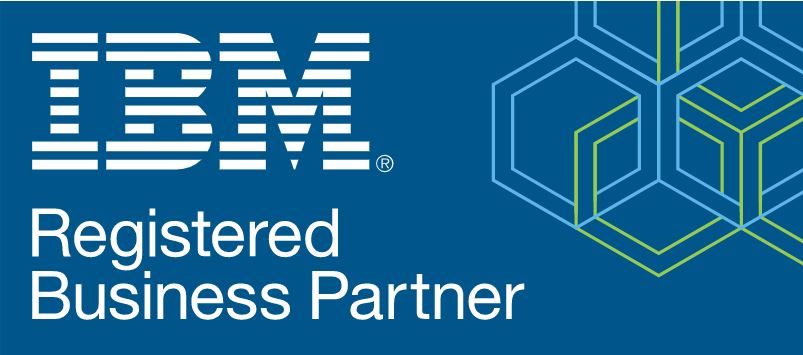










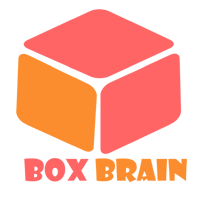









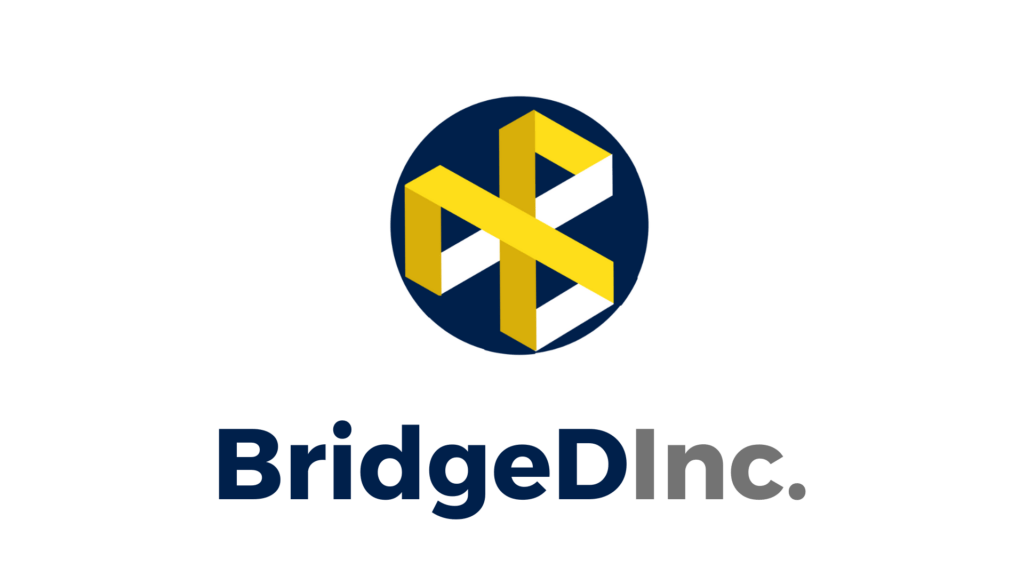

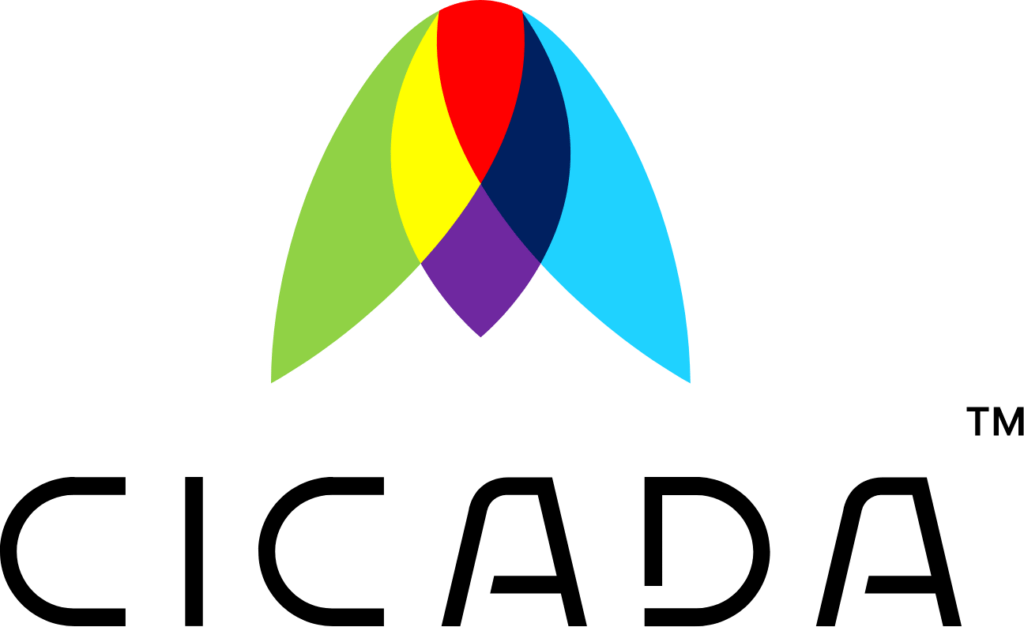

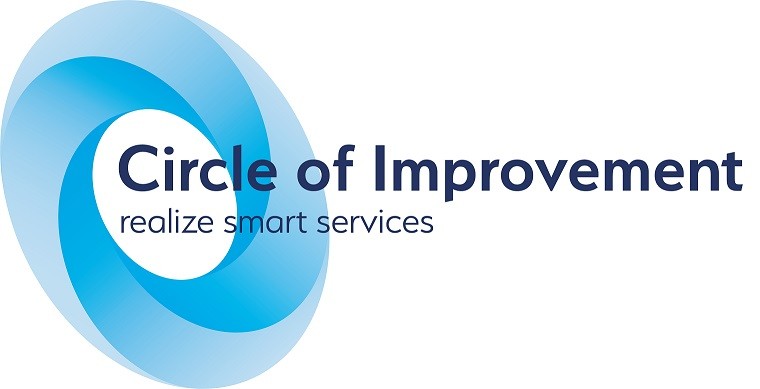












![UCOURSE.ORG [UCOURSE Academy] was established in Hong Kong in 2019 (company name: UCOURSE LTD), dedicated to providing high-quality online courses and courses for Chinese people in China, Hong Kong, and even all over the world. UCOURSE.ORG 【优思学院】于2019年成立于香港(公司名称:优思学院有限公司 / UCOURSE LTD),致力于为中国、香港、以至身处于全球各地的中国人提供优质的线上课程和考试认证,促进全国的人材培育、个人的职业发展,让学员在事业上事半功倍,同时助力国家的未来的急促发展。](https://ilssi.org/wp-content/uploads/2021/02/ucourse-logo-250.png)




